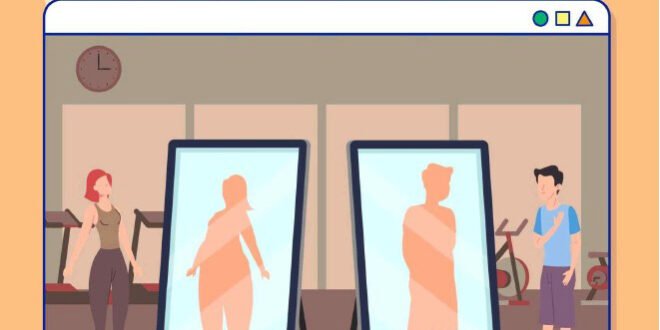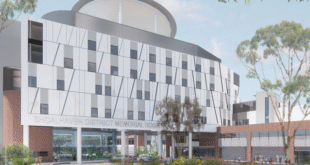The Rise of ‘Bone Arms’ and the Risk of Eating Disorders
In recent years, there has been growing concern about the influence of certain positive expressions related to extremely thin body types on social media. Phrases like “bone arms” and “bone dry” have gained popularity, particularly among younger audiences, but experts warn that these trends can contribute to serious health issues, including eating disorders.
The Korea Health Promotion Development Institute has highlighted the need for increased awareness regarding the risks associated with distorted body images. These images often present an idealized version of beauty that emphasizes extreme thinness, such as visible bone structures on the arms or a very lean physique. This trend is especially prevalent during the summer months, when many individuals are more conscious of their appearance and may be influenced by online content.
The term “bone arm” refers to an arm that appears excessively thin, with visible bones and a pronounced outline. Experts argue that this is not a healthy standard of beauty but rather a distorted perception that encourages individuals to pursue unrealistic body goals. Social media platforms have become a breeding ground for such ideals, with influencers and celebrities often showcasing their slim figures as the norm.
This trend has also led to the promotion of medical procedures aimed at achieving similar body types. Some clinics now use keywords like “bone arms” and “bone dry” in their marketing, which can further normalize unhealthy behaviors. The institute warns that this could lead to the rise of “Pro-Ana” communities, where individuals encourage extreme weight loss and view anorexia as an ideal state. According to data from the National Health Insurance Service, the number of people diagnosed with eating disorders has increased significantly over the past few years, rising from 9,474 in 2020 to 13,129 in 2023.
Professor Moon Jong-yoon from Gachon University’s preventive medicine department explains that extremely low body weight can result in various physical health problems, such as irregular menstrual cycles, osteoporosis, and diabetes. Additionally, it can lead to mental health issues, including obsessive behaviors around body image and, in severe cases, even death. Adolescents, in particular, are vulnerable to these influences, as they are more likely to be affected by peer pressure and online trends. Excessive focus on achieving a certain body type can lead to long-term health complications.
Development Director Kim Heon-ju emphasizes that distorted body images, such as those promoted by “bone arms,” pose a serious threat to public health. These trends are not just fashion statements but social issues that disproportionately affect adolescents and women. It is crucial to address these concerns and prevent them from becoming mere fads.
To combat these issues, the institute recommends several strategies for maintaining a healthy lifestyle. These include:
- Eating at fixed times every day
- Avoiding distractions while eating
- Engaging in regular physical activity
- Keeping track of daily food intake and exercise routines
By adopting these habits, individuals can develop a balanced approach to health and avoid the pitfalls of extreme body image standards. It is essential for both individuals and society to recognize the dangers of these trends and promote a more realistic and healthy understanding of beauty.
 Info Malang Raya Its All About World News
Info Malang Raya Its All About World News




